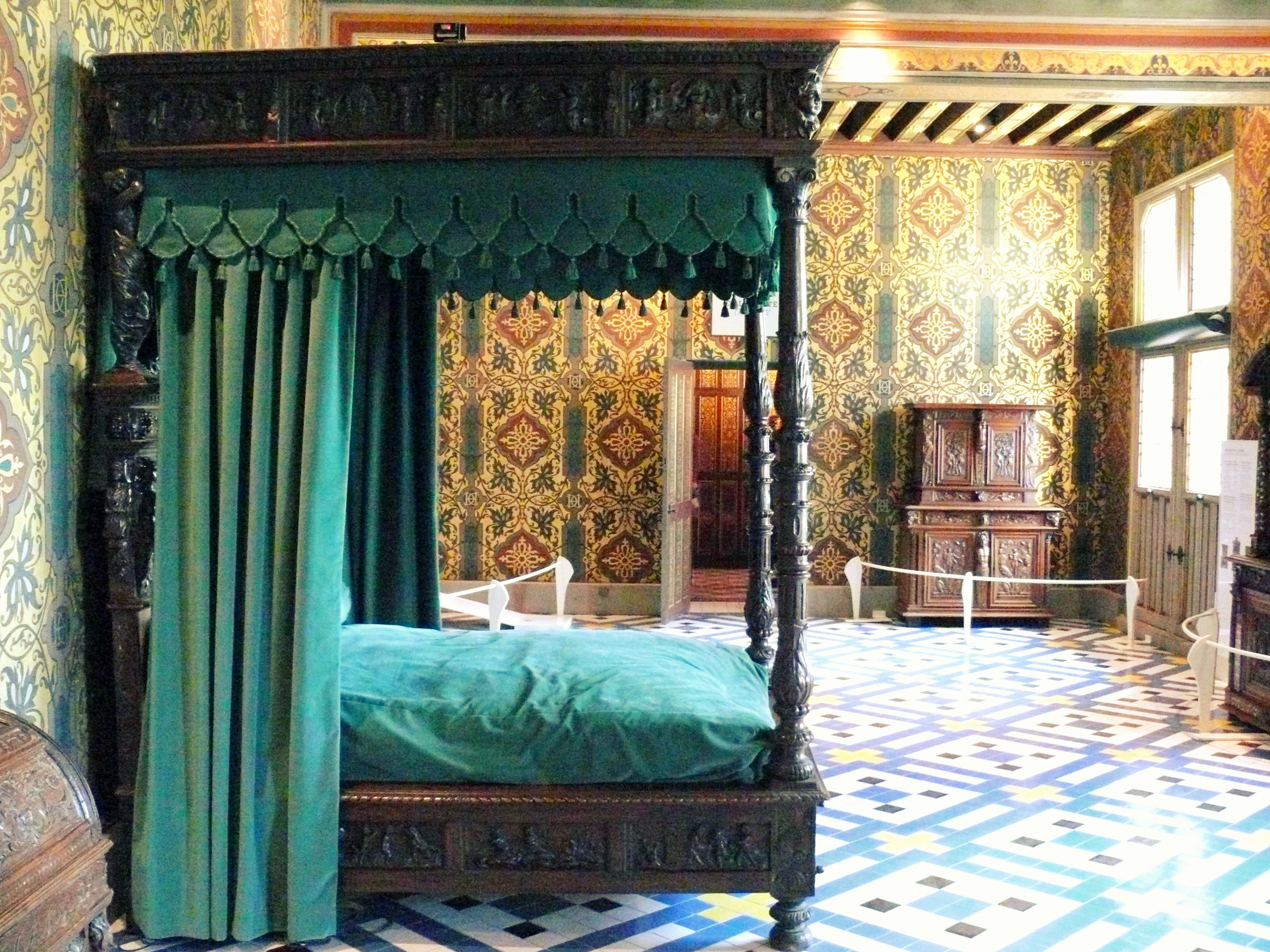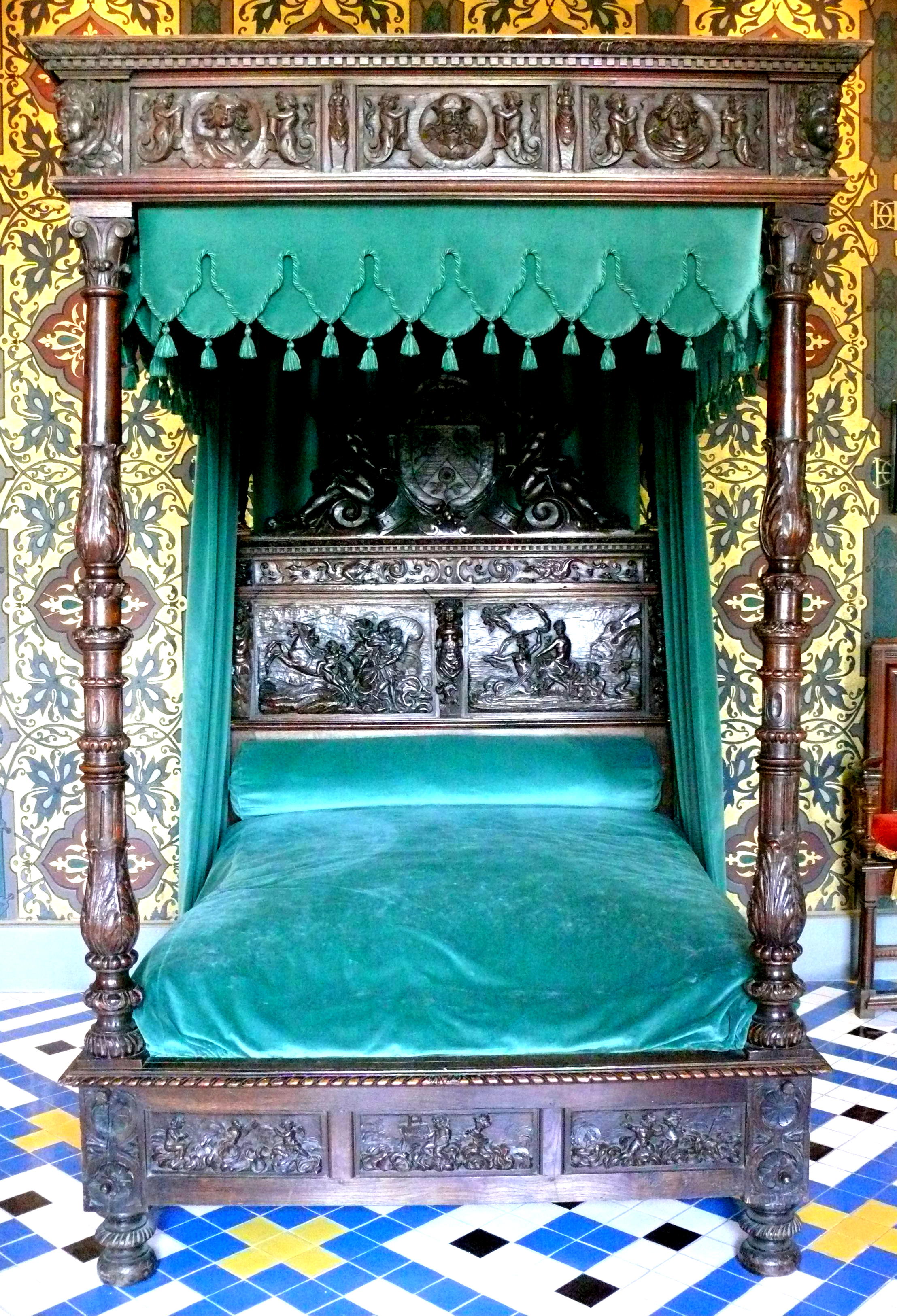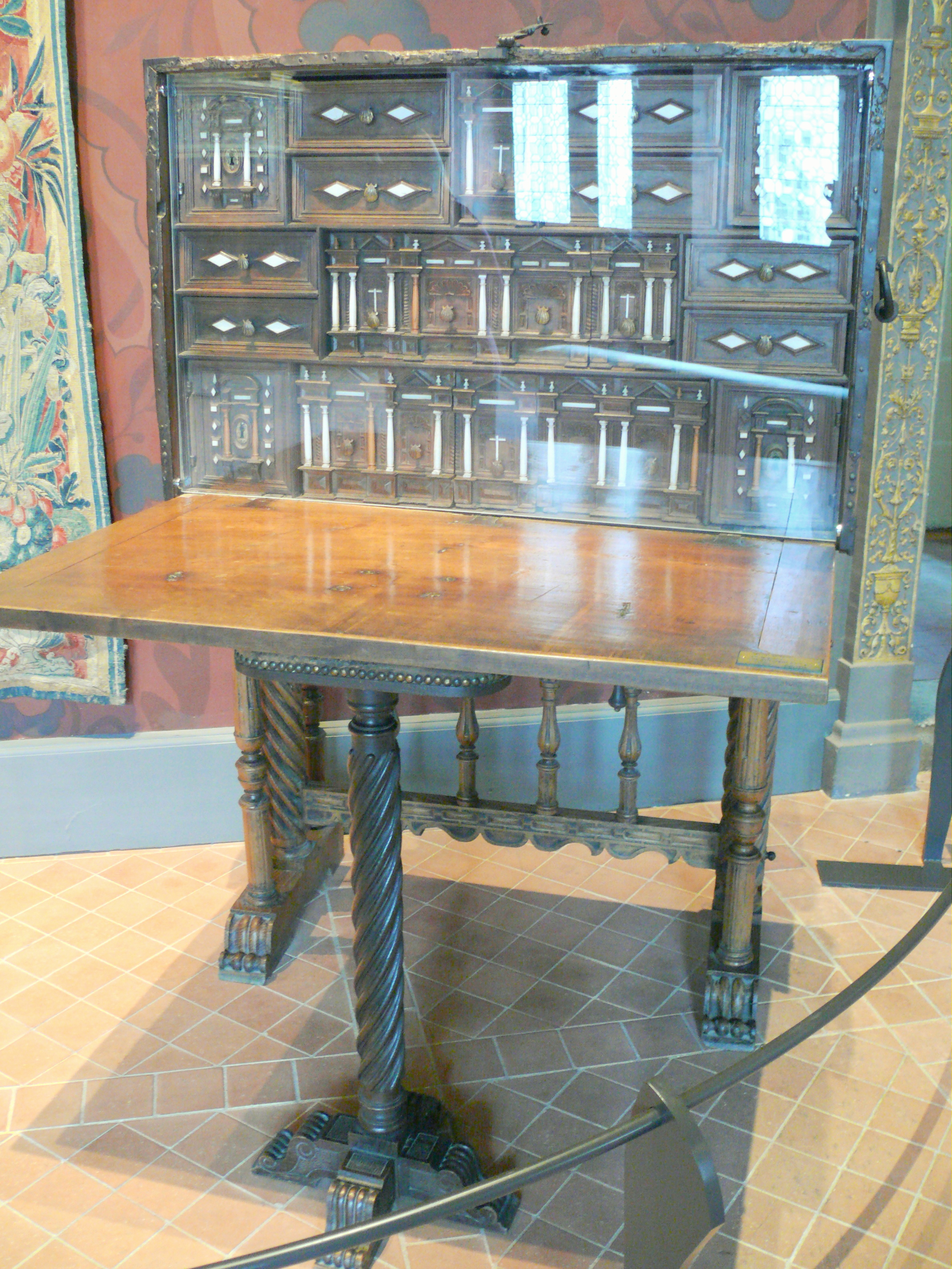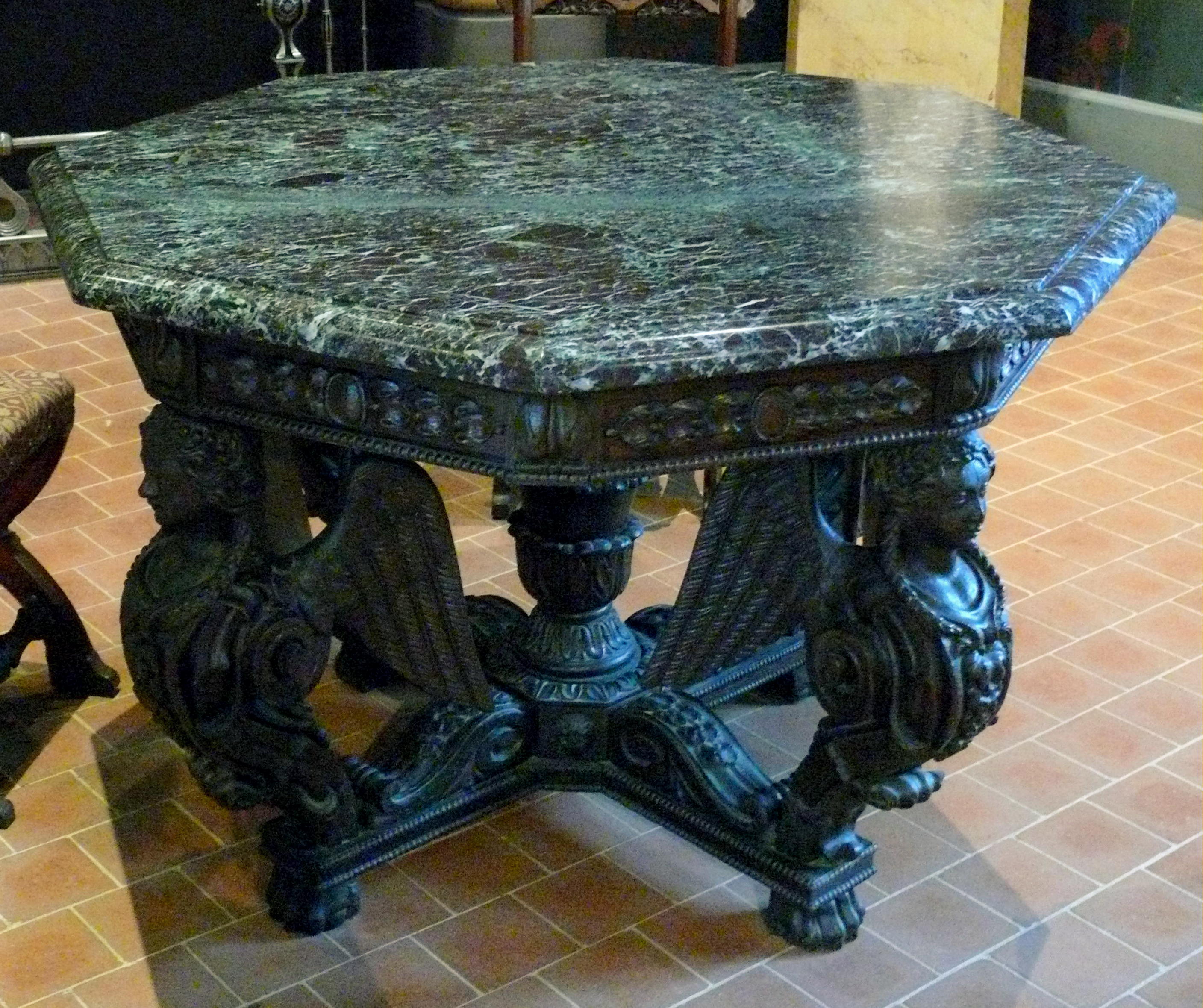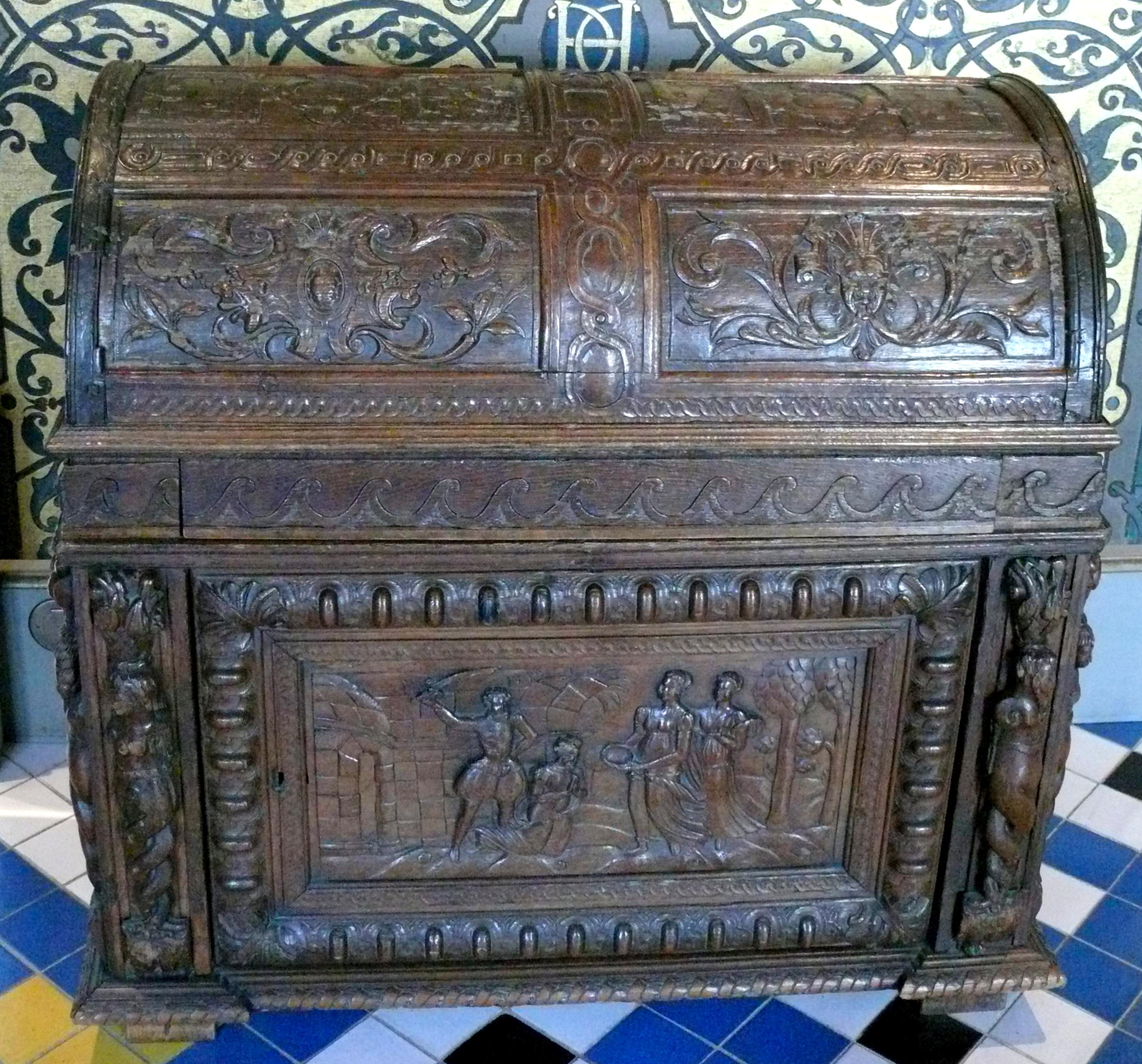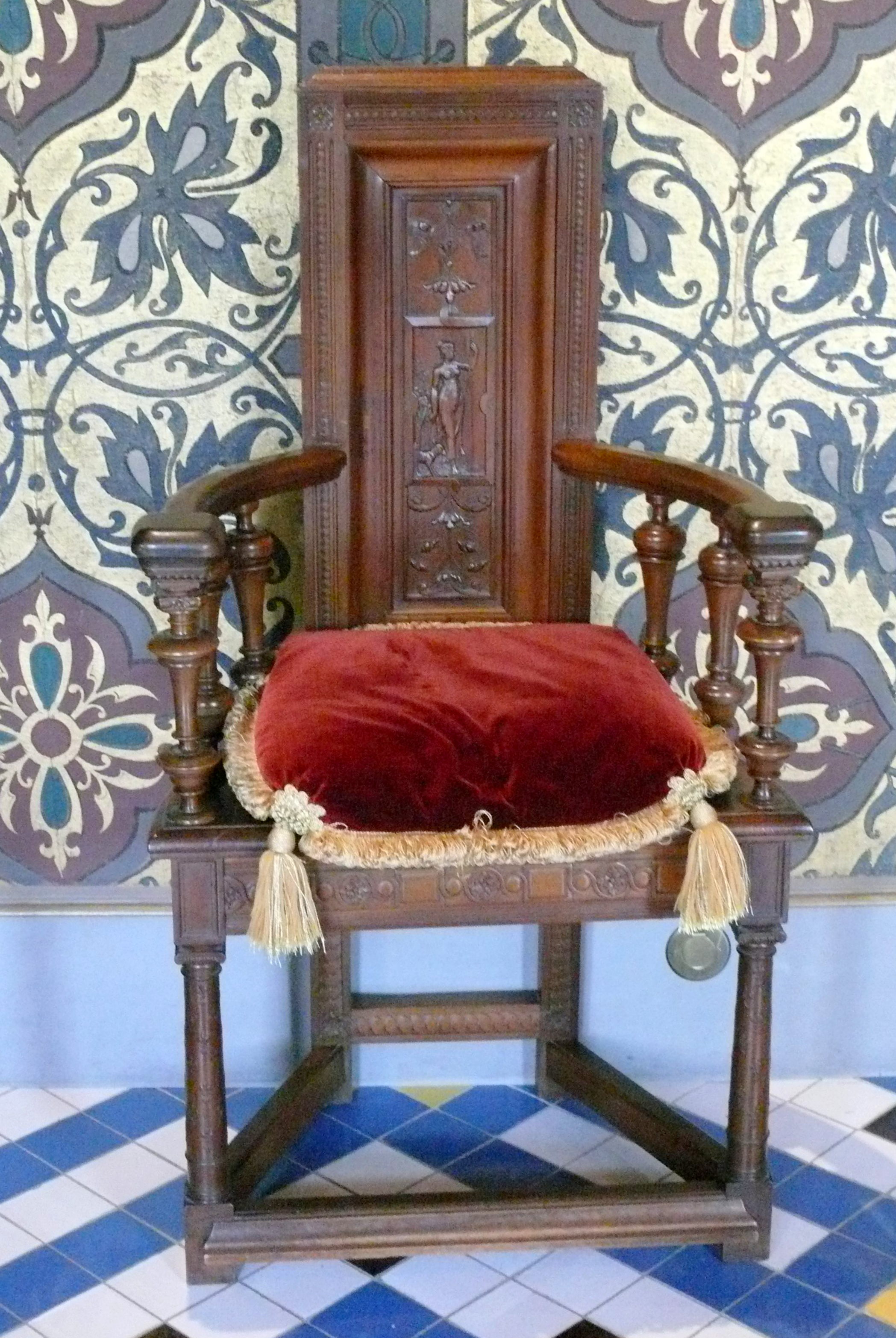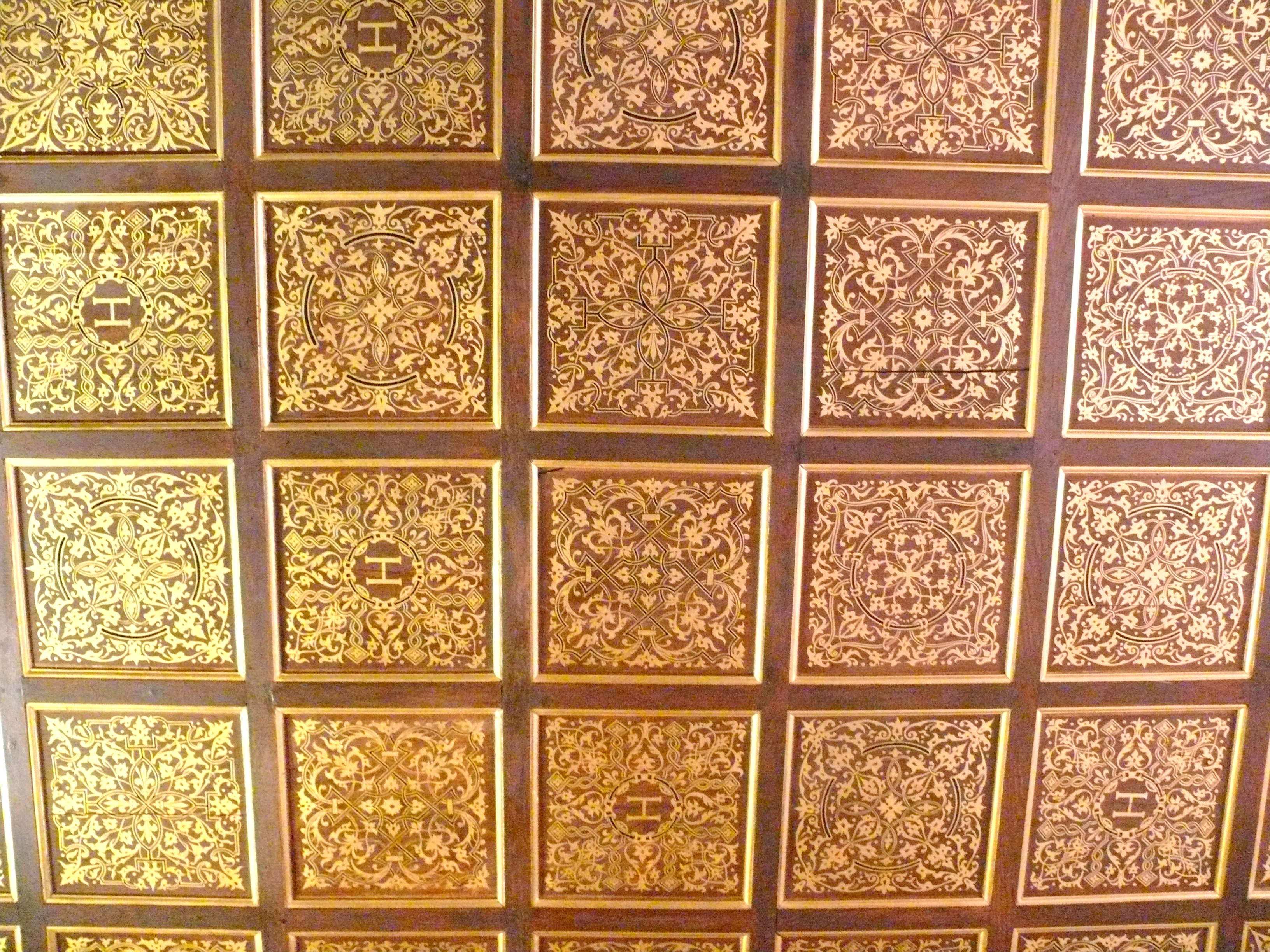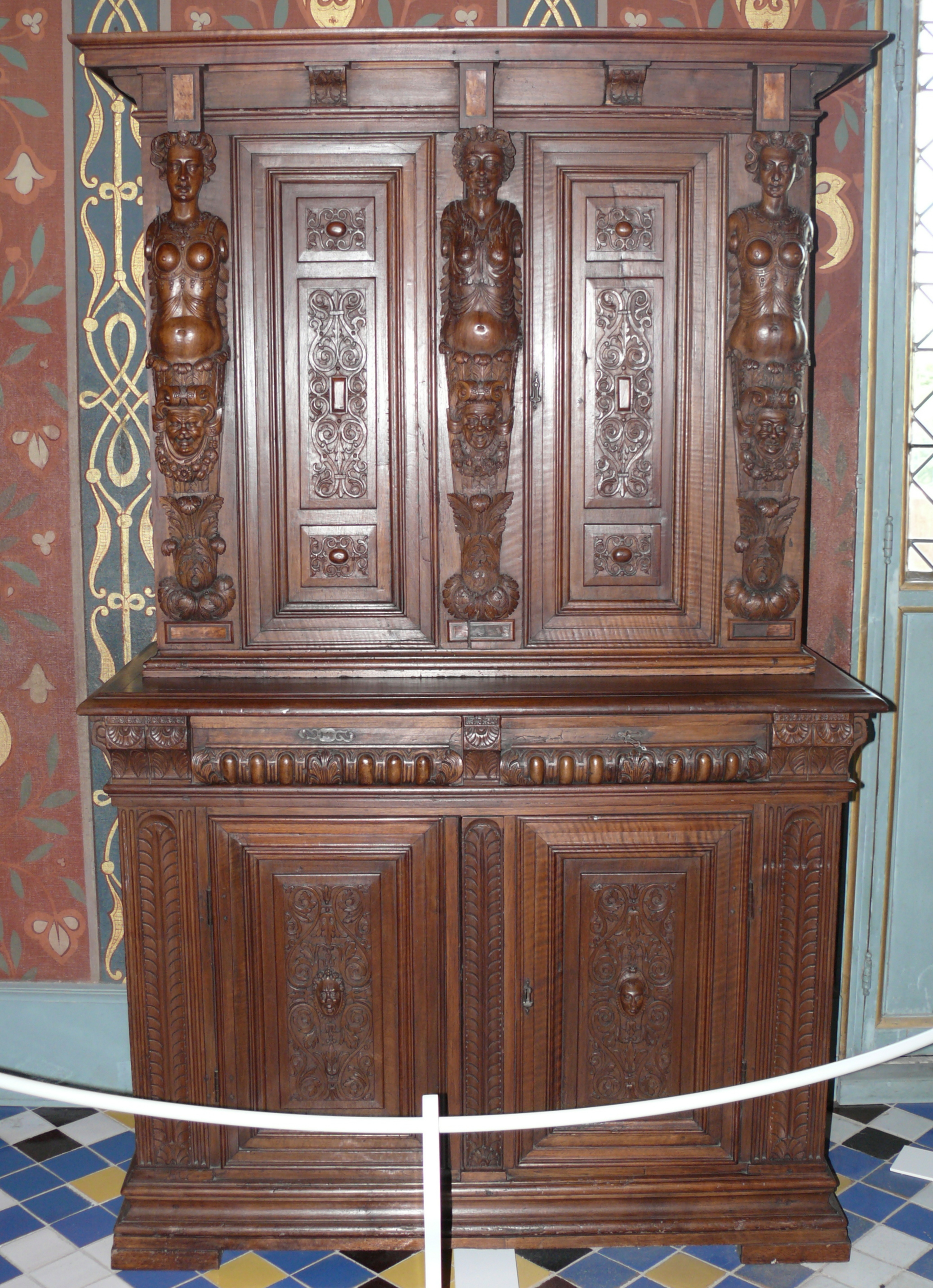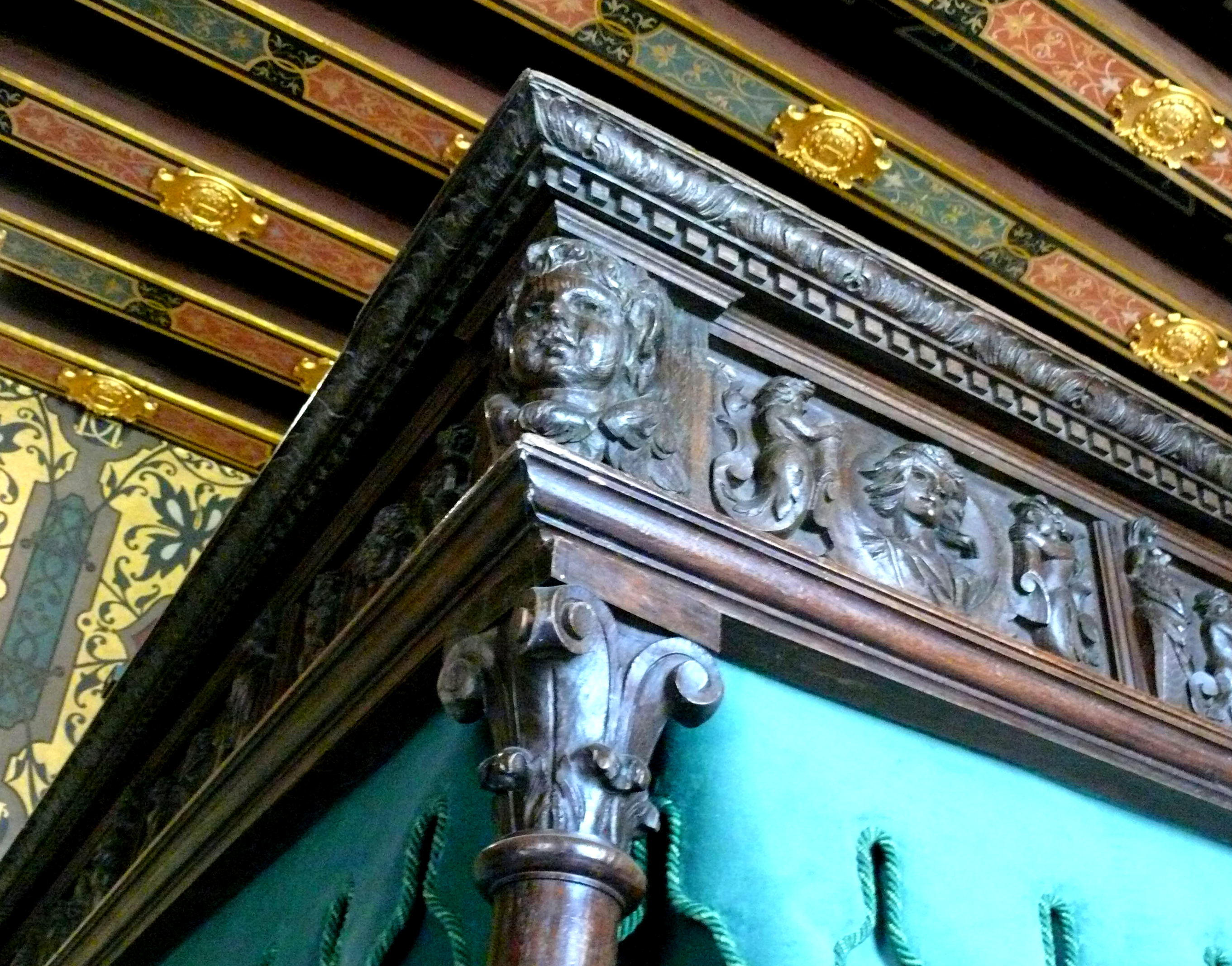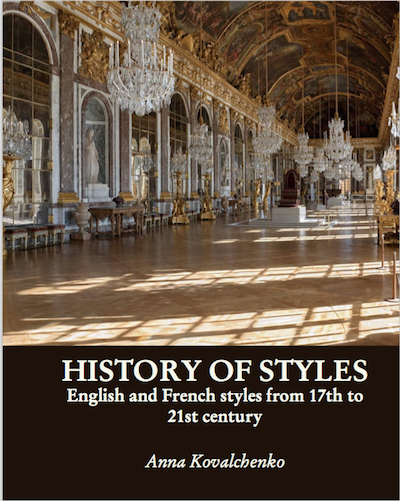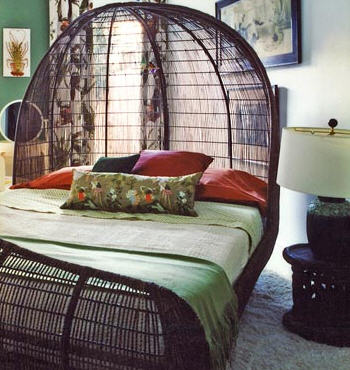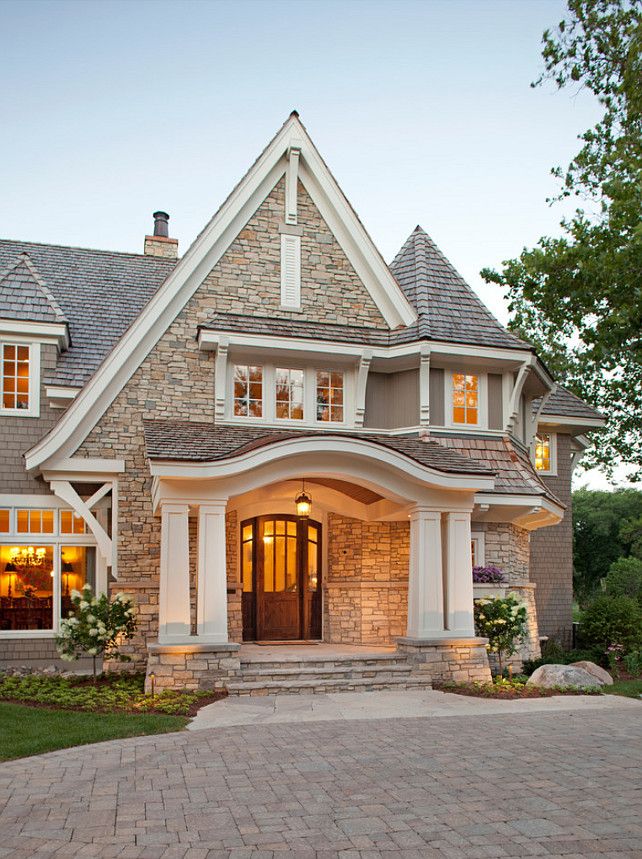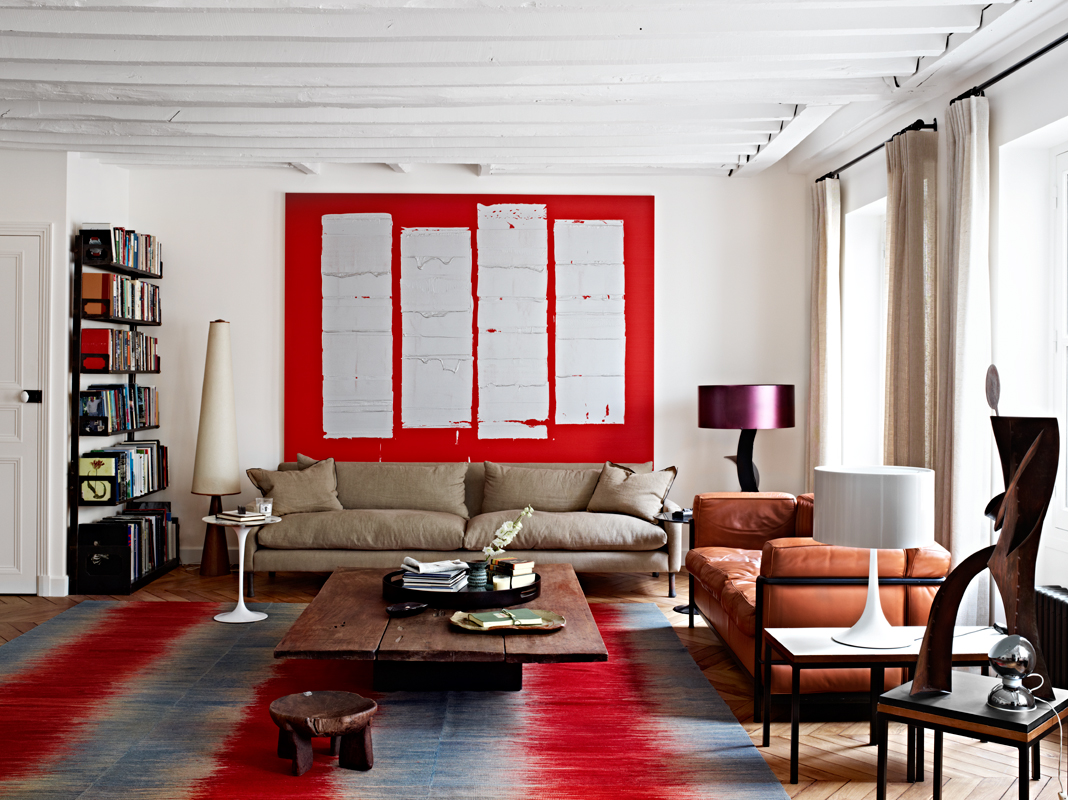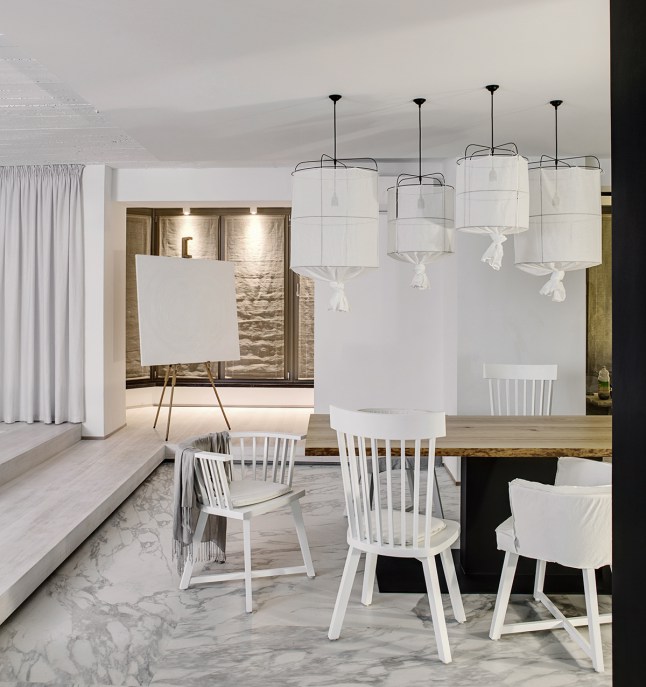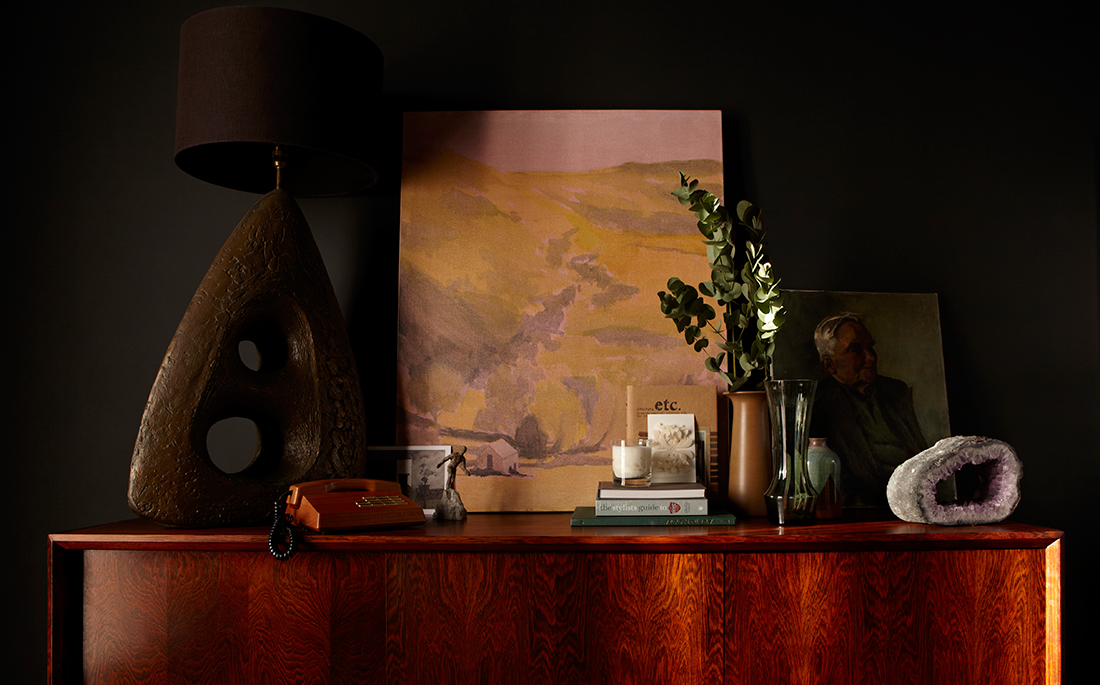Style At A Glance: Renaissance
Hello, hello everybody who have missed my history of styles articles. It’s been a while I published in this category and I need to recall what we have already talked about. Ok, there were Rococo, Chinoiserie, Palladian, Queen Anne, William and Mary. Today under our lens will be Renaissance. Why Renaissance? Well, recently I made a wonderful trip to Loire Valley in France and my memory stick is just full of photos, which I can’t wait to share with you. Many of them are images of beautiful interiors decorated in Renaissance style:
Renaissance style emerged in Europe in 15-16 century and its appearance was connected to deep social changes happening at that time. People started to look for new values, such as freedom and humanism. As an ideal was taken the ancient world of Rome and Greece (that’s how the term Renaissance was invented: in French it means “to be reborn”). The changes were happening in all spheres of life: art, literature, music, architecture and design. Renaissance was born in Italy, but in the 16th century the beauty and wealth of Italian cities impressed European princes so much that they started to attract Italian artists to their home countries and that resulted in quick expansion of this style.
AT A GLANCE
During this period architects build houses with huge interior spaces, decorated with rounded arches and a lot of ornamental details. Windows have rounded top and square basement. Door frames, walls and floors were often covered with marble. Wooden ceiling was decorated with sumptuous carving and gilding. The furniture usually has a lot of architectural details such as columns, pilasters, pediments and cornices. Colours: mostly deep and rich, dark and gloomy, pastels and cool tints of white.
FURNITURE
1) Bed was the most important part of the Renaissance style interior. Since only rich people could afford it, it was aimed to show prestige and prosperity of its owner. The bed was usually four poster canopy. The frame was made from dark wood and covered with sumptuous carvings. The draperies were made of dark coloured fabrics – deep blue or green, dark purple, burgundy.
2) Cabinets are often made in the shape of miniature palazzo, often incorporating doors, windows, columns and other architectural details as decorative elements. Cabinets at that period usually contain a lot of drawers and compartments – visible and hidden.
3) Tables. There are two types of tables: rectangular shape with thick top on two massive legs or round top, hexagonal or octagonal shape on one central abutment.
4) The hope chest or cassone is a very important feature in Renaissance decor as wardrobes were not yet invented. It is usually decorated with carving, painting and gilding using bible scenes or mythological plots.
5) Chair. The Caquetoire is one of the most famous chairs of French Renaissance. ‘Caqueter’ means ‘to chat’ in French and this chair was specifically designed for women. U-shaped arms allow to fit multi layered skirts popular at this time. The seat has triangular shape which narrows closer to back. Usually these chairs were made from walnut and decorated with carving:
KEY FEATURES
1) Arabesque (or Moresque)
These patterns which consist of interlacing stems, swirls and leaves are widely used to decorate walls, ceilings and even furniture. Usually executed with gilt they create very splendid and opulent look:
2) Human busts
Human busts, figures and portraits were very popular feature during Renaissance period. Sometimes they were depicted within a circle, known as roundel. Busts were often used as a supportive element for tables, cabinets and other furniture:
3) Another popular elements include acanthus leaves, grotesque, cartouche, lion’s head, strap work, gryphons, festoons.
These were the main features of Renaissance style. Can you name more?
Want to learn more about various interior styles? Check my “HISTORY OF STYLES” book:

